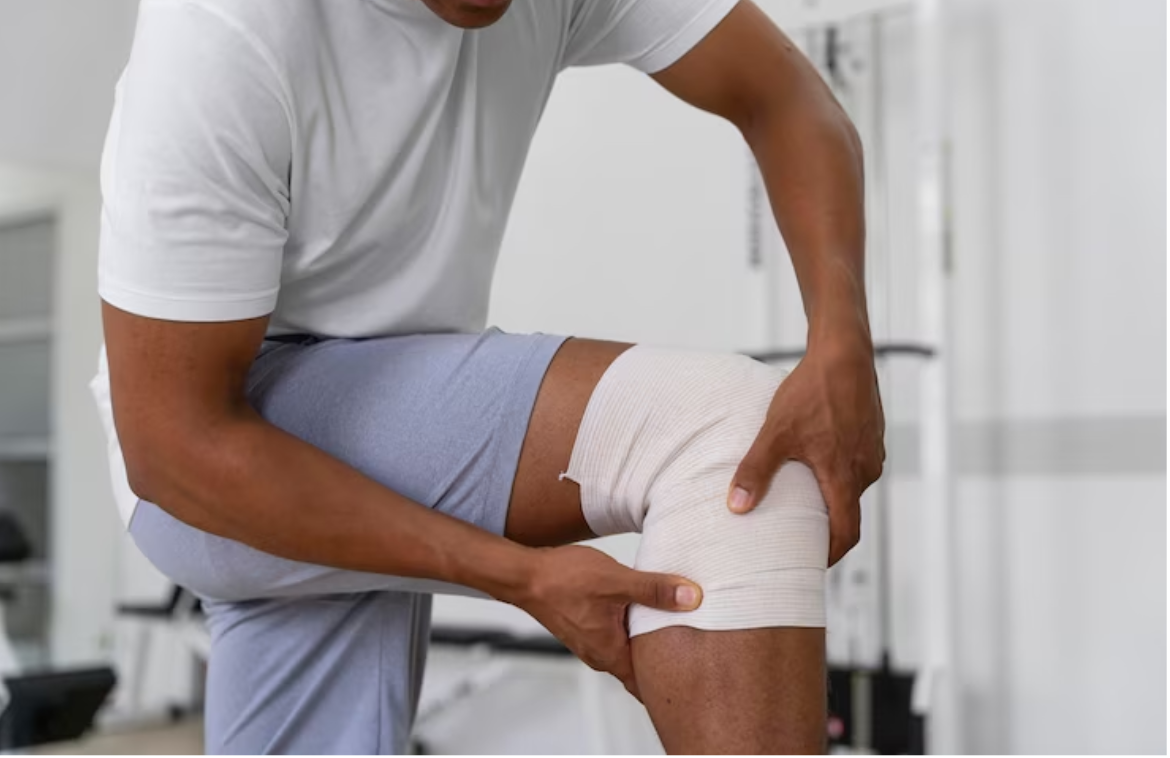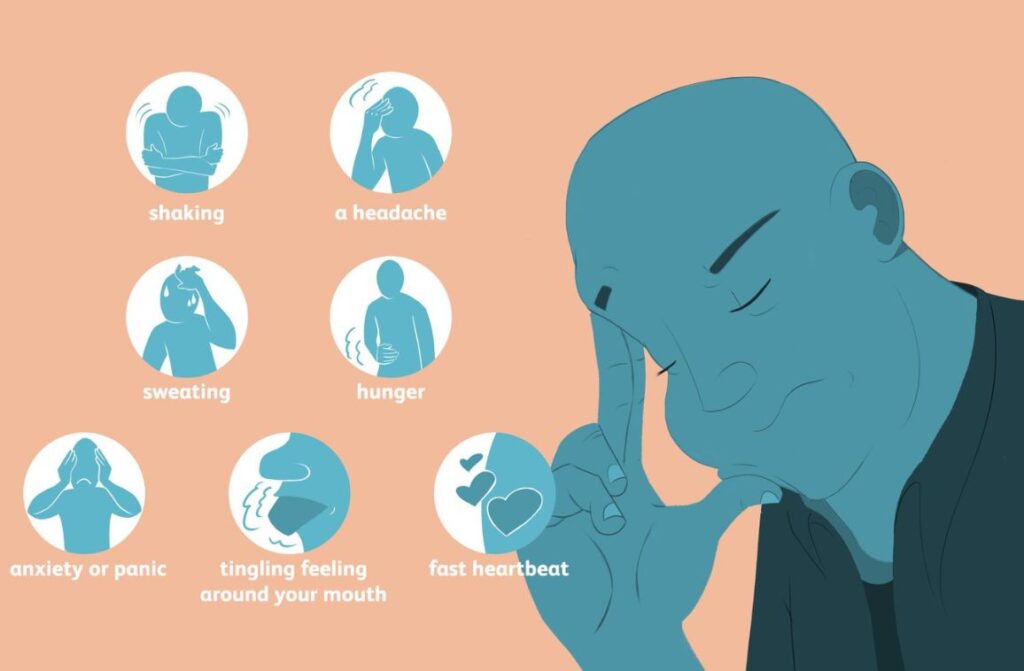Knee replacement these days has become a popular option as patients want relief from pain. Knee replacement success stories show that patients can confidently get it done.
The two most common types of knee replacement surgery include:
1. Total Knee Replacement.
2. Partial Knee Replacement or Uni-compartmental Replacement.
Most knee replacement surgeries focus on the whole knee joint, known as a total knee replacement. But few people prefer partial knee replacement.
How do people react to knee replacement surgeries?
With about three torn ligaments and no cartilage left in his given right knee, 49-year-old Rick Litavis of Hopkinton, MA, had two options – continue to live in pain and also suffer via sleepless nights, or get a knee replacement. Rick was prepared for relief.
Due to experts and innovative approaches to improving knee replacements, Rick was free from pain within days after his operation and was walking and biking within weeks.
The initial night after surgery he was standing, the next day and was using a walker without pain, and was home the day after that.
Factors involved in this knee replacement process
Finding Help in a Familiar Place
After rather playing football at Northeastern University, Rick did continue to play competitive, high-impact sports throughout his 20s and 30s. This lifestyle also comes with risks, as Rick has severely injured his right knee several times.
Those mounting knee injuries did lead to increasing pain, decreasing physical activity, and also sleeplessness. The lack of sleep, in turn, did sap his energy as well as motivation.
When prepared for help, Rick approached an orthopedics surgeon, the same physician who happened to replace both of his father’s knees during a single operation several years earlier.
Rick did not that he would benefit from the expertise of his father’s orthopedic surgeon and will get exposed to a new approach to improving knee replacement outcomes.

Active and Pain-free
On the very first night after surgery, Rick stood up. Within two days, he was moving around the hospital hallways with the help of a walker. Now, only months later, Rick, who is 50, enjoys frequent walks around a local lake with his son and wife and is looking forward to visiting and trying to keep up with, his daughter studying at school in New York City. He has joined golf clubs.
This sort of rapid recovery is indeed becoming more important as knee replacement patients are getting to be more similar to Rick – younger and often leading active lifestyles.
Retired IT professional James Alekna did notice pain in his knees about 14 years ago. When it became difficult for him to work in his garden as well as play golf, Jim approached an orthopedic surgeon. A series of X-rays showed osteoarthritis, or “wear and tear” arthritis, a degenerative condition in which the smooth cartilage covering the ends of the bones gradually tend to wear away.
Total knee replacement was suggested. As he was only 62 at the time, his surgeon wanted to hold off the surgery as long as possible. In the five years that followed, Jim’s knee pain did become more intense. The pain was unbearable. He could not participate in physical activities.
Later, a second set of X-rays were recommended. The ailment has progressed. He eventually underwent a bilateral total knee replacement.
Following surgery, he underwent extensive physical therapy at an in-house medical facility for about eight days, four weeks of in-home therapy, one month of physical therapy at an outpatient medical wellness center, and of course three months of physical therapy at a local health/wellness center.
Now Jim has been able to return to all of his pre-surgery activities.
Conclusion
If experiencing knee pain, scheduling a consultation to diagnose the knee problem helps. Knee replacement success encourages. Knee replacement is much to think about.


